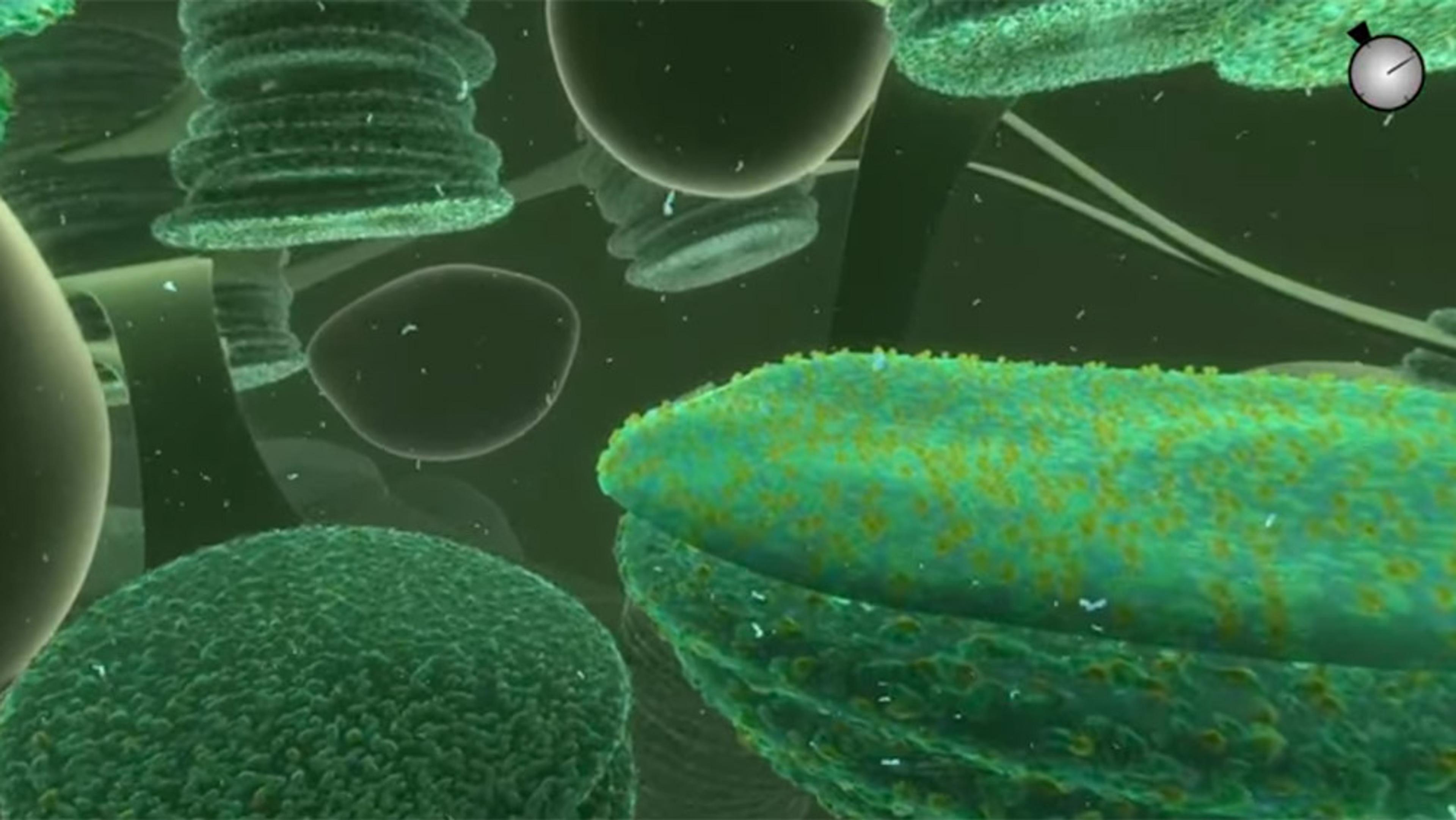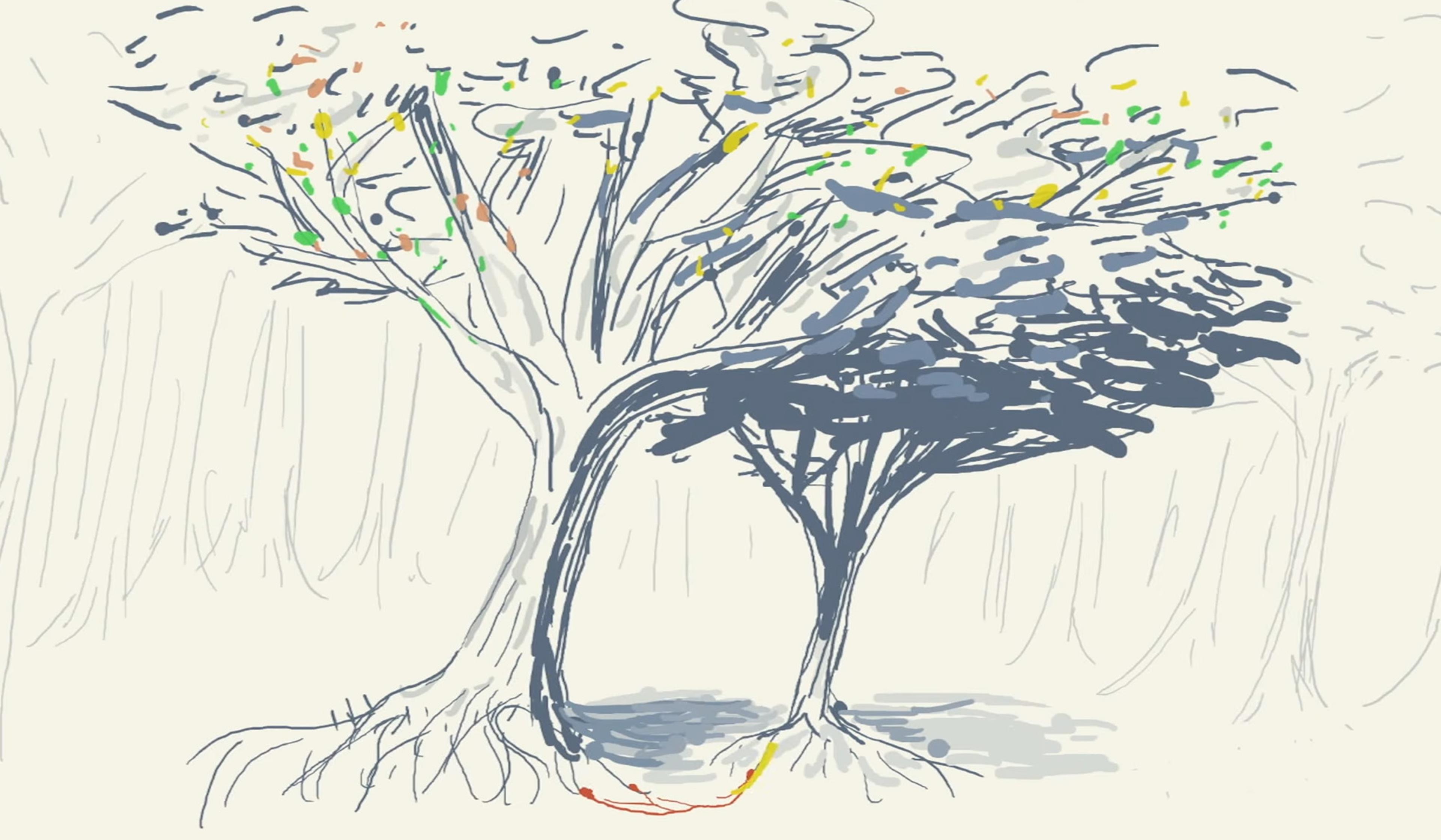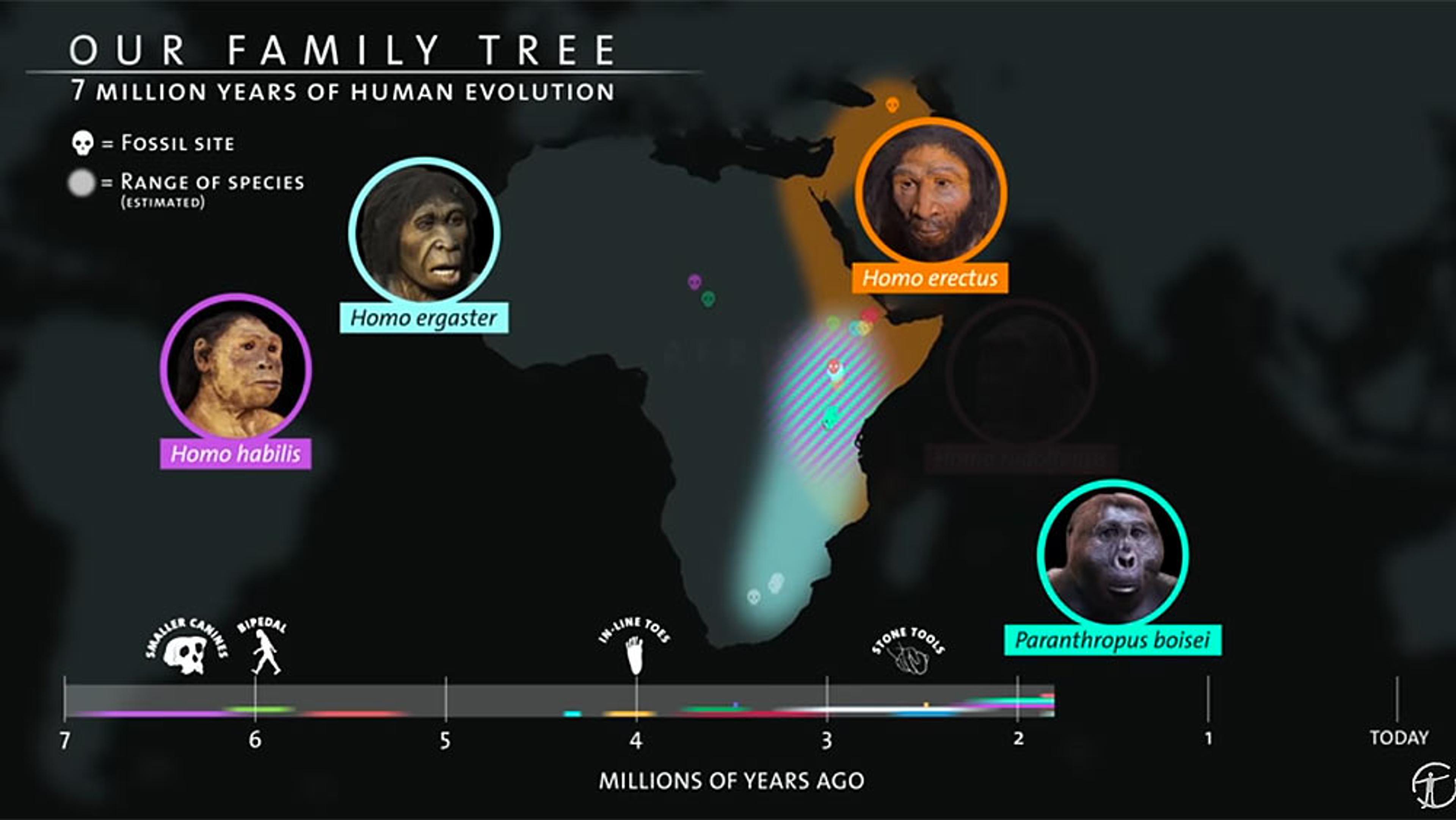With some 7 million dried plant specimens, the herbarium at Kew Gardens in London is one of the largest collections of its kind in the world. Building on the Linnaean system, through Darwin to DNA, scientists there have traced the relationship between plant life-forms and the timeline of their development over the ages – from algae to mosses to flowers. While the plant family tree is thought to be 95 per cent complete, this short documentary reveals that continuing to study plants gives us an important framework for asking questions about how our ecosystems actually work.
How our developing understanding of plants changed our knowledge of life itself
Video by Lonelyleap

videoHistory of science
A museum’s uneasy alliance between scientists and flesh-eating beetles
3 minutes

videoDeep time
When algae met fungi – the hidden story of life’s most successful partnership
4 minutes

videoEcology and environmental sciences
To really get to know the tallest trees in the world, start with their leaves
3 minutes

videoEcology and environmental sciences
The incredible – and still quite mysterious – way trees trade information via their roots
5 minutes

videoHistory of science
Amazing hidden worlds become visible through a forgotten Victorian art form
4 minutes

videoHuman evolution
Last hominin standing – charting our rise and the fall of our closest relatives
6 minutes

videoBiology
Cape sundews move, react and attack in a way that seems more animal than plant
4 minutes

videoHistory of science
Insect aesthetics – long viewed as pests, in the 16th century bugs became beautiful
8 minutes

videoBiology
In the jungle of Suriname, Maria Sibylla Merian discovered insect metamorphosis
4 minutes